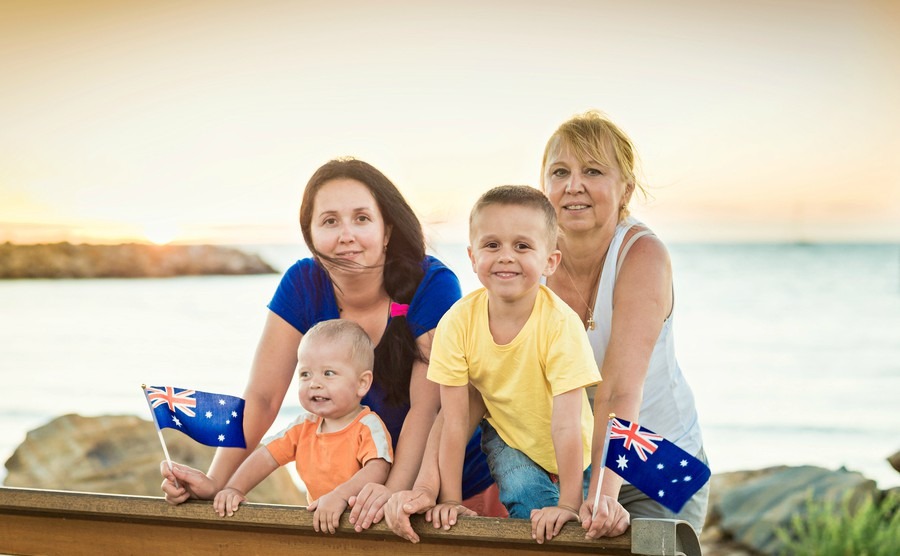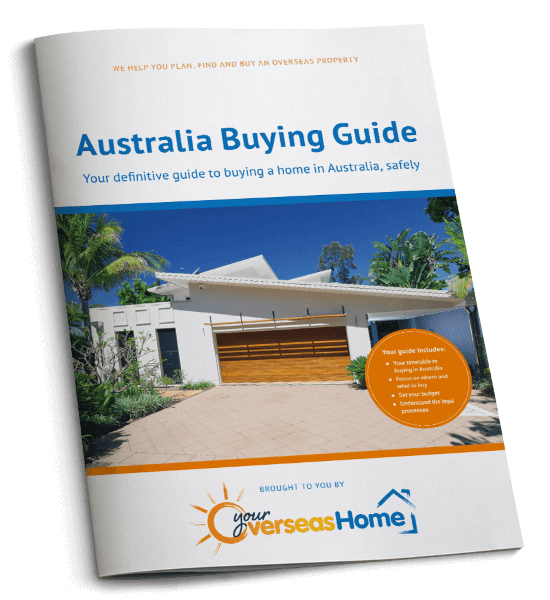It’s Mothering Sunday this weekend in the UK, but don’t panic if mum’s already in Australia, it’s not until May over there – plenty of time to organise flowers! For mothers in Australia, however, what is it like to be a mum there in 2017?
Maternity rights in Australia are among the best in the world. Whether a woman decides to raise a family, have equal opportunity in the workforce, or receive a top-notch education, Australia offers first-rate opportunities. In a recent study by YouGov, a UK market research firm, it was found that Australians had the fourth most progressive attitudes towards gender equality, behind Sweden, Finland, and Denmark. Australia was also ranked as one of the top ten countries in the world to have a baby due to its affordable healthcare system and 18-week paid parental leave scheme.
Australia was also ranked as one of the top ten countries in the world to have a baby due to its affordable healthcare system and 18-week paid parental leave scheme
Later babies
Although Australia is one of the best countries in the world to become a mum, the country is still seeing a trend of women waiting later in life to have babies, with the first child now born at around 30 years on average. For those who opt to embark on the path of motherhood, the entire pre-natal period is supported by free healthcare, support classes and information resources for expectant parents. Women have the choice to give birth in private or public hospitals, and also have the option to choose what type of birth they’d like to have.
Once a baby is born, women are entitled to a maternity leave scheme which is called Parental Leave Pay. Parental leave can be taken by either parent, as long as they are the primary care giver for the child. The scheme gives the primary carer payments of around £400 a week for 18 weeks. Often employers will top up the payments to match a regular salary. In some cases employers will also pay a percentage of the carer’s salary for up to a year, though this is more common in government jobs. To be eligible for parental leave pay the primary carer must have been working for at least 10 of the 13 months prior to the birth of the baby, and have a taxable income of £93,000 or less.

No wonder they’re smiling, with mothers well supported in Australia
Australian mothers are entitled to ongoing financial benefits to help with the costs of supporting a family. The Family Tax Benefit is paid per child, once a year and can be claimed when lodging a tax return. The actual amount a family receives depends on the family’s income, how many children there are and their ages. For more information on this tax rebate, and to see the rate, see the Family Tax Benefit website. When mothers return to work and put their child in day-care they are eligible for the Child Care Benefit (CCB). This benefit helps cover the cost of day-care fees and can be received as an annual lump sum payment or reduced day-care fees. The payment is income tested and there are residency and immunisation pre-requisites.
Australian mothers are entitled to ongoing financial benefits to help with the costs of supporting a family
There are many community programmes that support families and new mothers. These cover education, counselling, breast-feeding support and play-groups. New parents will find Australia to be very warm and welcoming to small children, from dining in restaurants, going shopping or using public transportation. Breastfeeding in public is perfectly normal, although in many public areas, such as shopping malls there are rooms specifically for mums to breastfeed, change their children’s nappies and warm bottles etc.
Gender equality, but pay inequality
Aside from maternal rights, women in Australia experience gender equality better than almost all other countries in the world, with statistics showing great progress in recent years. Women account for 46.2% of the workforce according to a recent study by the Australian Government. Despite an equal balance of gender in the workforce, Australian women earn on average £170 less per week than men. This pay gap is however narrowing and there are public initiatives in place for payment equality in Australia.
Whether choosing to have a family, or remain in the workforce Australian women enjoy equal opportunity and some of the best parental benefits in the world. If you’re a woman and thinking of moving to Australia, contact the Australia Buying Guide and let us assist you with the process.

The Australia Buying Guide takes you through each stage of the property buying process, with practical recommendations from our experts who have been through the process themselves. The guide will help you to:






